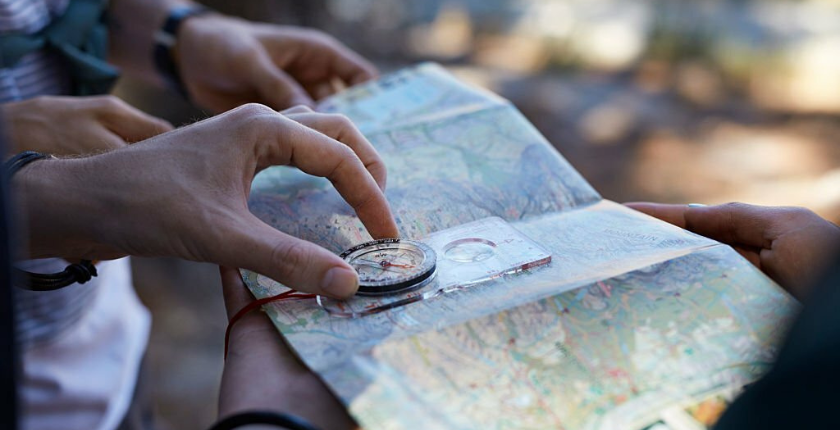Table of Contents
Discover the importance of How to Add Keystone Species to the Concept Map. Learn how to incorporate these vital elements into your ecosystem for enhanced biodiversity and resilience.
When we talk about building a concept map, the focus often turns to the key components that shape it. One critical element that frequently goes overlooked is the addition of keystone species. These species play an indispensable role in ecological systems, just as they do in the world of ideas and concepts. In this article, we will explore how you can add keystone species to your concept map, enhancing its overall biodiversity and resilience.
The Significance of Keystone Species
What Are Keystone Species?
Keystone species are organisms that have a disproportionately large impact on their ecosystem. Their presence or absence can significantly affect the structure and function of the ecosystem.
Why Are They Important?
Adding keystone species to your concept map is akin to strengthening the foundation of a building. They help maintain the structure and balance of the ecosystem. For example, the sea otter, a keystone species, controls the population of sea urchins, which in turn prevents the overgrazing of kelp forests. This balance ripples through the ecosystem, benefiting numerous other species.

How to Identify Keystone Species
To add keystone species to your concept map, you must first identify them. Look for species that have a disproportionate impact on the ecosystem and whose removal would cause significant disruption. They can be predators, pollinators, or even habitat creators.
Related post to read about How to Buy Anesthesia Machines
Incorporating Keystone Species into Your Concept Map
Integrating Keystone Species
Just as you carefully choose which elements to add to your concept map, it’s essential to select keystone species thoughtfully. Assess your ecosystem’s needs and find the species that can fill critical roles.
Creating Mutualistic Relationships
Keystone species often form mutually beneficial relationships with other organisms. Incorporate these relationships into your concept map to illustrate how different concepts or ideas can thrive when working together.
Emphasizing Their Importance
Don’t just add keystone species as a side note. Highlight their significance in your concept map, emphasizing the positive impacts they have on the overall ecosystem or idea.

How to Maintain Keystone Species
Conservation Efforts
Just as keystone species need protection in ecosystems, the concepts they represent should be safeguarded in your concept map. Regularly update and review your map to ensure these crucial components remain intact.
Adaptation
Ecosystems change, and so do concepts. Be prepared to adapt and modify your concept map to accommodate new keystone species or changes in existing ones. This flexibility ensures the longevity of your map’s integrity.
Community Engagement
In both ecosystems and concept maps, it’s vital to engage the community. Share the importance of keystone species and concepts with others. The more people understand their significance, the more likely they are to support and protect the environment.
FAQs about How to Add Keystone Species to the Concept Map
What happens if I neglect keystone species in my concept map?
Neglecting keystone species in your concept map can lead to a lack of balance and resilience. Just as in ecosystems, the absence of these critical components can result in a breakdown of the entire structure.
Can I add multiple keystone species to my concept map?
Absolutely! In fact, diversity in keystone species can enhance the overall robustness of your concept map, just as it does in ecosystems.
How can I find keystone species for my concept map?
Research and observation are your best tools. Identify concepts or ideas that have a disproportionate impact on your field or industry, and add them to your map as keystone components.
Are keystone species the same in all ecosystems?
No, keystone species vary from one ecosystem to another, depending on the unique dynamics of each system. Similarly, keystone concepts may differ across various fields or industries.
How do keystone species affect the resilience of an ecosystem or concept map?
Keystone species enhance resilience by maintaining the integrity and balance of the ecosystem or concept map. Their presence ensures that the system can withstand disturbances and adapt to change effectively.
Final Remarks
Incorporating keystone species into your concept map is a strategic move to enhance its strength and resilience. Just as these species have a profound impact on ecosystems, the concepts they represent can significantly shape the landscape of your map. By recognizing their importance, carefully selecting them, and highlighting their roles, you can create a concept map that stands the test of time and benefits your understanding and communication. Remember, like ecosystems, concept maps thrive when keystone components are given the attention they deserve.

